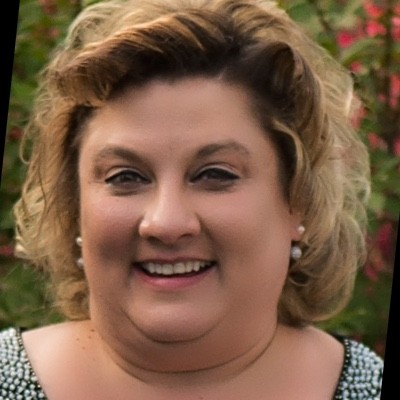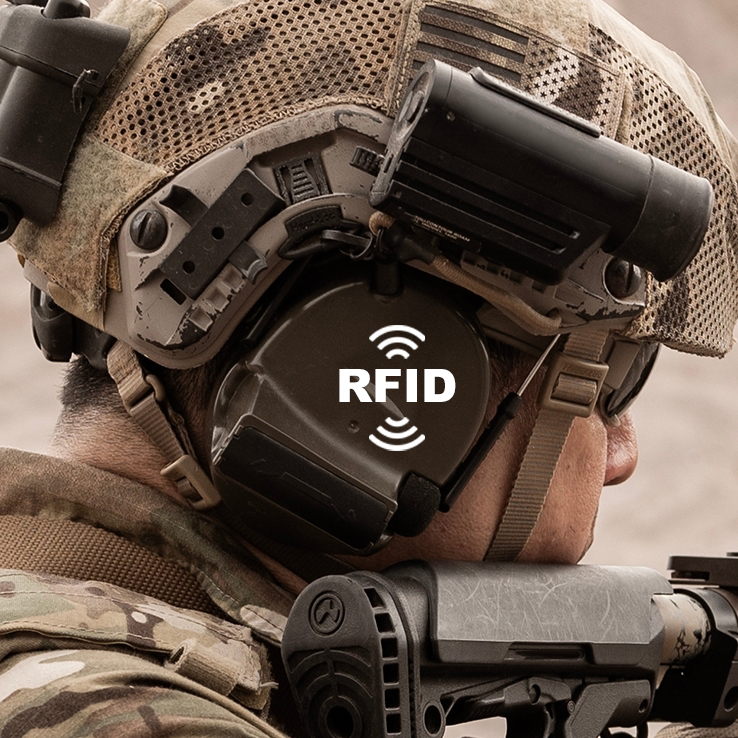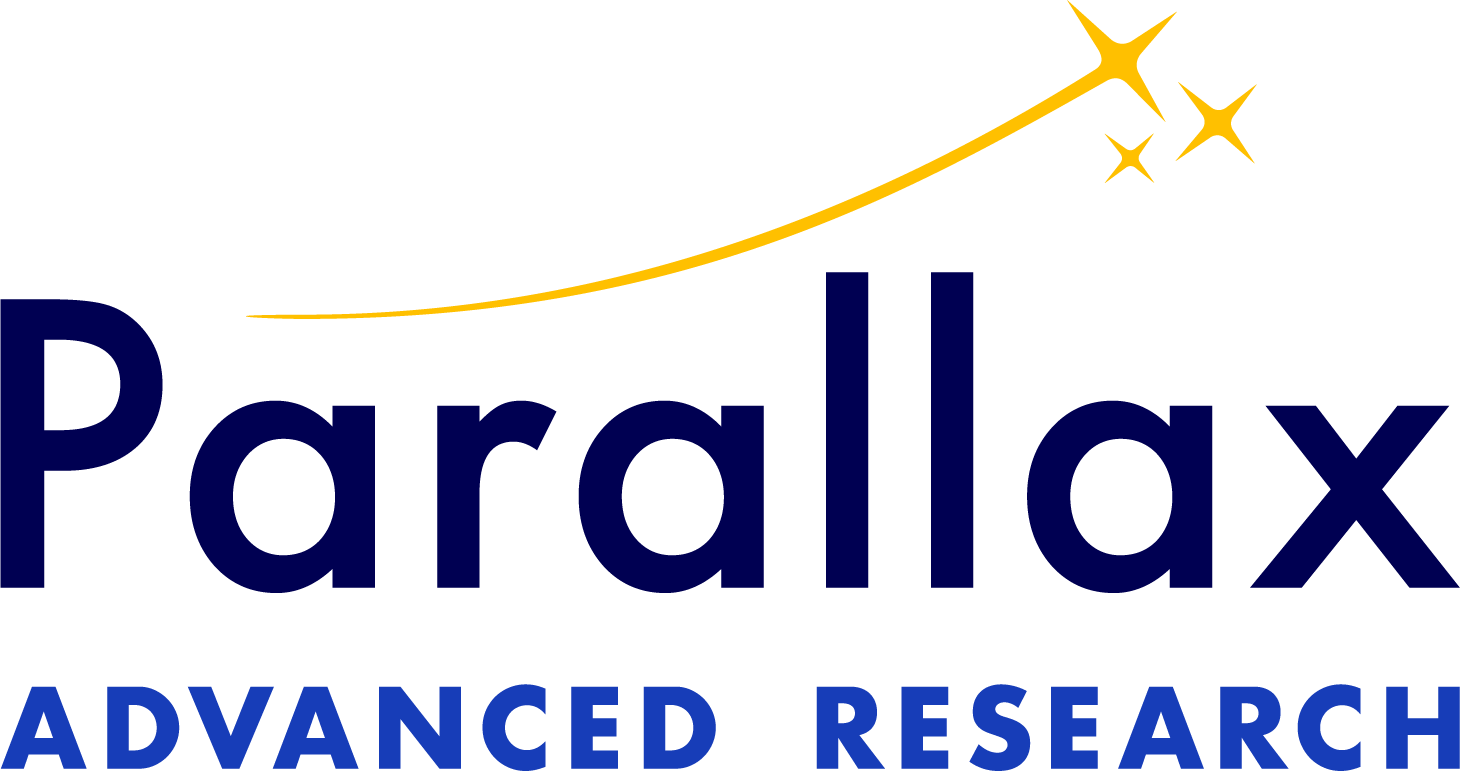
The Ohio Aerospace Institute (OAI) is a nonprofit research institute providing research, workforce development, and strategic and technology based partnerships services to the aerospace industry. It also offers a membership association that provides exclusive opportunities for networking and business development. OAI member expertise covers almost every facet of the aerospace industry, including OEMs, parts manufacturing, engineering services, legal assistance, architectural design, and academia. We’re spotlighting our members to share their industry contributions and highlight their innovative work. In this month’s spotlight is Engineered Products Inc. (EPI) of Cortland, OH, a woman-owned business that is focused on RFID technology. We interviewed Justine Blank, owner of Engineered Products, Inc., who possesses over 38 years of commercial space, industrial automation, and manufacturing experience, to discuss the company’s growth and future.

What do you do now with EPI?
Blank: RFID is radio frequency identification; it is sort of the big brother to barcoding. The difference is with a barcode, you must have a line of sight with a laser or an imager when you scan, whereas RFID goes over the radio waves. Think of EZ pass as an example. In 2016, we started a company focused on embedded RFID and we've had tremendous success. As EZ pass sits on your windshield, our RFID is embedded inside of products. It is ideal for use cases like anticounterfeiting, anti-theft, stealth mode inventory tracking, and those types of things.
I understand that OAI has assisted your business development efforts in the past. Can you tell me more about that?
Blank: Kim Holizna, managing director Global Development & Member Programs for OAI, introduced us to the Youngstown Business Incubator (YBI) to work through the USAF SBIR/STTR process. We applied for a first round, first cohort with AFWERX. In our phase one proposal, OAI was our STTR partner. OAI also helped us with high temp polymers work. In our phase two, Kim helped us with customer discovery by identifying opportunities for us to work with NASA and the Air Force.
Can you tell me about your projects or products?
Blank: When you use an RFID to tag an asset, you are able to track that item, whether it be a pallet, car, a person, etc. That is not always ideal. When we pitched to the government, our premise was if you put an RFID tag on a piece of equipment, let's say a communication unit that a soldier is wearing, our adversaries don't follow the rules of FCC so they can use it as a target. They don't know what it is, but they know it's American. We explained that presents two problems. First, it is a targeting problem. Second, our adversaries, China specifically, can steal our intellectual property and design counterfeit products, and they're designing them to fail. Think about parts of an F-16. You take for granted that there are genuine parts in the entire supply chain. That is not necessarily the case. So, we solved these problems by creating a stealth mode RFID tag where our adversaries can't read us, so they don't respond.
We are now looking at a phase three. As phase two ended in 2022, we came up with the chipset that we use. In any RFID tag, there's a computer chip. Ours are of a nanoscale, meaning that they are the width of three human hairs. To manufacture that nanoscale chip and wafer, we found that there were two companies in the world who could handle that nanoscale wafer. And guess where they were? China.
As we uncovered this major roadblock, the United States Government also realized this, and they developed the CHIPS Act to bring microchip production on shore.
We recently found a machine that we're going to potentially bring here when we build our new facility to handle the wafers ourselves. So, we're raising money right now, looking for investments and programs.

Will that be another revenue source for you, as other companies look for domestic chips?
Blank: Absolutely. Intel is coming to Southern Ohio and will be manufacturing wafers. EPI can take those nanoscale wafers and place them onto printed circuit boards directly. But we have another service where we can place wafers into another package ideal for standard pick and place machines in the microelectronics industry to handle. This would eliminate the need for companies to replace their equipment. So those are two different revenue generators for us.
Your success is great news for you as well as the industry, especially in Ohio.
Blank: Yes! We will have a need for more high-skilled, high-tech workers, so those are jobs that we'll be able to create. It’s important for our government contracts to be a sole source manufacturer. Being able to take raw materials in the front door and have finished products go out the back is a very attractive proposal for the Department of Defense (DoD), because it eliminates the need for outside components. It's more of a control situation. So, if we don't have the skill sets to do that end-to-end, raw materials in and product out, we're going to hire those skills. That also makes us a better defense contractor.
We have been very fortunate to attract the attention of Lockheed Martin, they have given us letters of support to help with the Air Force contracts. With this support as well as partners like OAI, YBI, and Ohio APEX Accelerator at Youngstown State University, we have developed strategic roadmaps of products that will solve problems our DoD warfighters encounter. We are currently working with the U.S. Air Force, NASA, and have interest from the Army, Navy, and Space Force. After we bring the capabilities to handle the nanoscale integrated circuits (nanoICs) onshore in the US, our business will explode in our defense market.
How might your RFID technologies or products be beneficial to other OAI members in the aerospace supply chain?
Blank: EPI holds a sole source status for our RFID technology; therefore, the government and subcontractors can utilize what we've developed without the bid process.
This is a great success story for you as a Northeast Ohio business. It also provides a positive outlook for workforce development in the region.
Blank: A year ago, we were a team of three. Today, we're five full time employees and 20 subcontractors. I would say by the end of next year, we'd like to be 15 full time employees. We're already busy and we're going to get a lot busier. What we’ve found, though, is when you're a small business, you do everything. We all wear all the different hats. We're going to be giving up that control and hiring people. From manufacturing and assembly folks to warehousing, these are all things that we haven't really had to consider. That's the challenge with scaling. But we've got great people that surround us and have given us great advice, like OAI for connections in aerospace and SBIR assistance.
###
Parallax Advanced Research is a 501(c)(3) private nonprofit research institute that tackles global challenges through strategic partnerships with government, industry, and academia. It accelerates innovation, addresses critical global issues, and develops groundbreaking ideas with its partners. With offices in Ohio and Virginia, Parallax aims to deliver new solutions and speed them to market. In 2023, Parallax and the Ohio Aerospace Institute formed a collaborative affiliation to drive innovation and technological advancements in Ohio and for the nation. The Ohio Aerospace Institute plays a pivotal role in advancing the aerospace industry in Ohio and the nation by fostering collaborations between universities, aerospace industries, and government organizations, and managing aerospace research, education, and workforce development projects. More information on both organizations can be found at Parallax and OAI websites.
